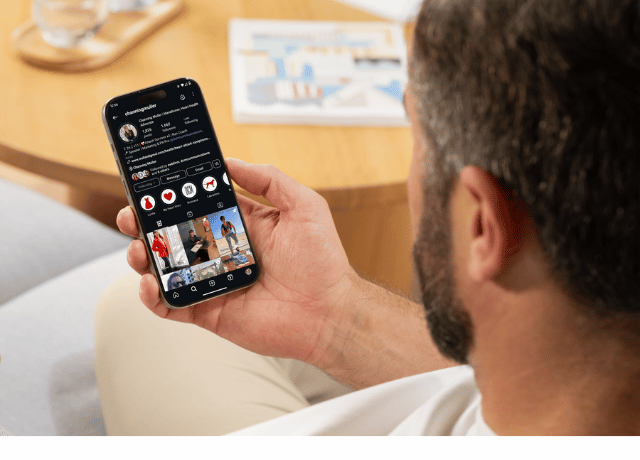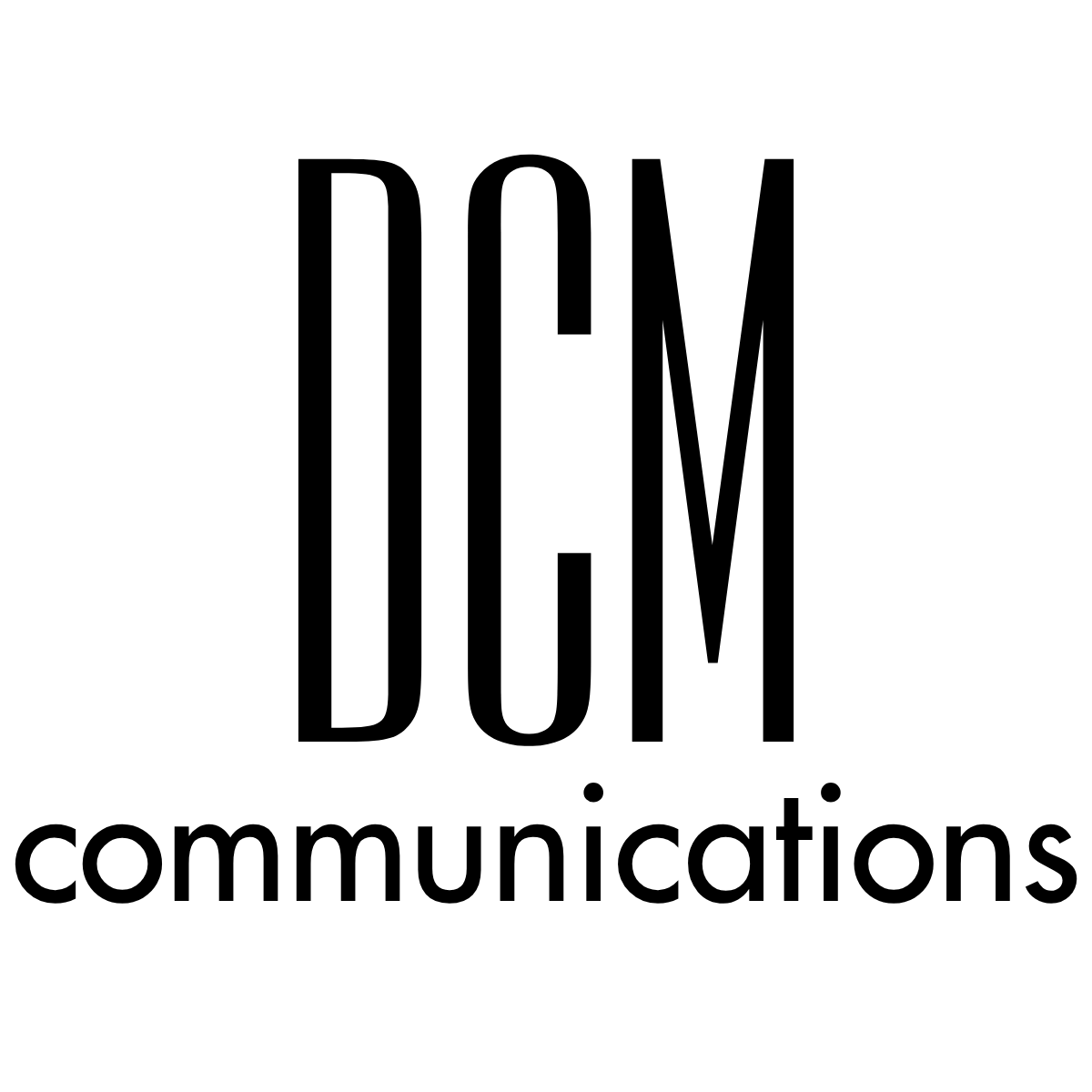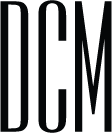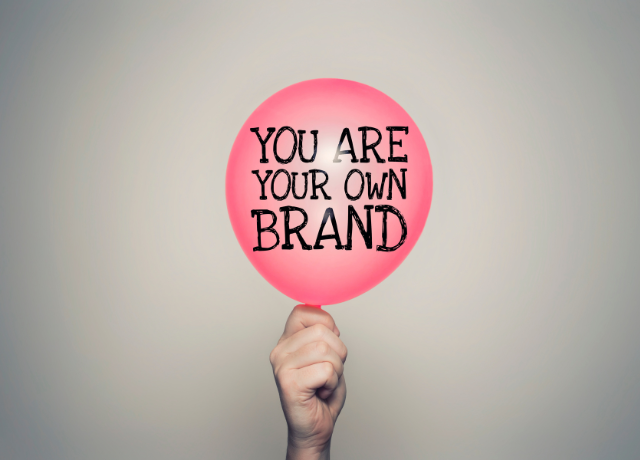Everyone Has a Personal Brand — Here’s How You Control (and Build) Yours
Whether you own a business or work for someone else’s, you already have a personal brand.
You might not have intentionally built it, but it’s there—shaped by what people see, hear, and remember about you.
Personal branding is just a new-ish term for what we have long known as “reputation.”
And if you’re in the events industry or running a small business, your personal brand matters. Big time.
It’s the reason someone chooses to hire, or refer, you/your company over another. It’s what they say about you when you aren’t in the room.
So the real question isn’t whether you have a personal brand, but rather:
Do you want to leave what they about you up to interpretation 🤨?
I didn’t think so. Instead, let’s play our best Olivia Pope and “control the narrative.”
It all starts with following these steps to build your personal brand in a way that feels strategic and still true to you.
Step 1: Get Clear on What You Want to Be Known For
This is where we set the tone.
Think about the 3–5 things you want people to associate with you when you’re not around. What’s the reputation you want working in your favor when someone says, “Do you know anyone who…?”
For me, it’s:
→ Running
→ Heart health
→ Marketing & PR
→ Entrepreneurship
→ Tackling challenges
(And doing it all with good style 💁🏻♀️👗)

For DCM, it’s:
→ Marketing tactics that connect to sales
→ Strong communications
→ Events
→ Efficient, strategic content creation

Whatever you choose is now your content pillars—AKA your go-to topics across your blog, Instagram, email marketing, LinkedIn, etc.
No, you don’t have to share everything about your life. Just the things that matter most.
The “I’d die on this hill because it’s so imporant to me” stuff.
Step 2: Show Up. Then Show Up Again. And Again.
Listen, I know showing up consistently online can feel like a lot. You got into business to be a DJ, event planner, roofer, special fx pro, venue owner, etc – not a content creator.
But real talk? Repetition is the name of the game.
And you develop that through creating and sharing content that matters to you.
People need to hear your message more than once before it sticks. (Shout out to Alex Hormozi for this gem: “People need to be reminded more than they need to be taught.”)
So continue to show up and remind us (in person & online) why those content pillars are the things that should come to mind when we think of you.
Remind us what you care about and what you stand for.
And then say it again.
That does not mean you have to share ev-er-y-thing in your life. Just those key “I’ll die on that sword it’s so important to me” things.
If you’re feeling like, “Ugh, I already said this…”—GOOD. That means it’s finally starting to land. 🙃
Step 3: Make It a Two-Way Conversation
Y’all, I put “communications” in my business name for a reason. Relationships – personal or business – are all built on two-way communication.
Your personal brand isn’t just what you post—it’s how you connect.
That means:
→ No post-and-ghost.
→ No disappearing act when people comment or just “liking” their comment
→ No treating your feed like a one-person TED Talk.
If someone takes the time to comment, show them the same level of effort and comment back. If they send you a DM, respond like a real human (because you are one).
You wouldn’t walk away mid-convo at a networking event, right? Same rule applies online. You’re building relationships, not just broadcasting into the void.
So treat every comment, DM, like, or share as a chance to connect. Those little touchpoints? They’re doing way more heavy lifting for your brand than a perfectly filtered Reel ever could.
TL;DR: Your Brand = What You Say + What You Do (Over and Over Again)
So, to wrap it all up:
1. Pick what matters to you.
Not everything. Just the handful of things you want to be known for.
2. Show up and talk about those things. A lot.
Even when it feels repetitive. In fact, especially when it feels repetitive.
3. Talk with your audience, not at them.
Respond. Engage. Be a real human, not a highlight reel.
When you do that, you build a personal brand that actually reflects you. One that grows your visibility, builds trust, and keeps the right people thinking, “Yep—that’s who I want to work with.”







